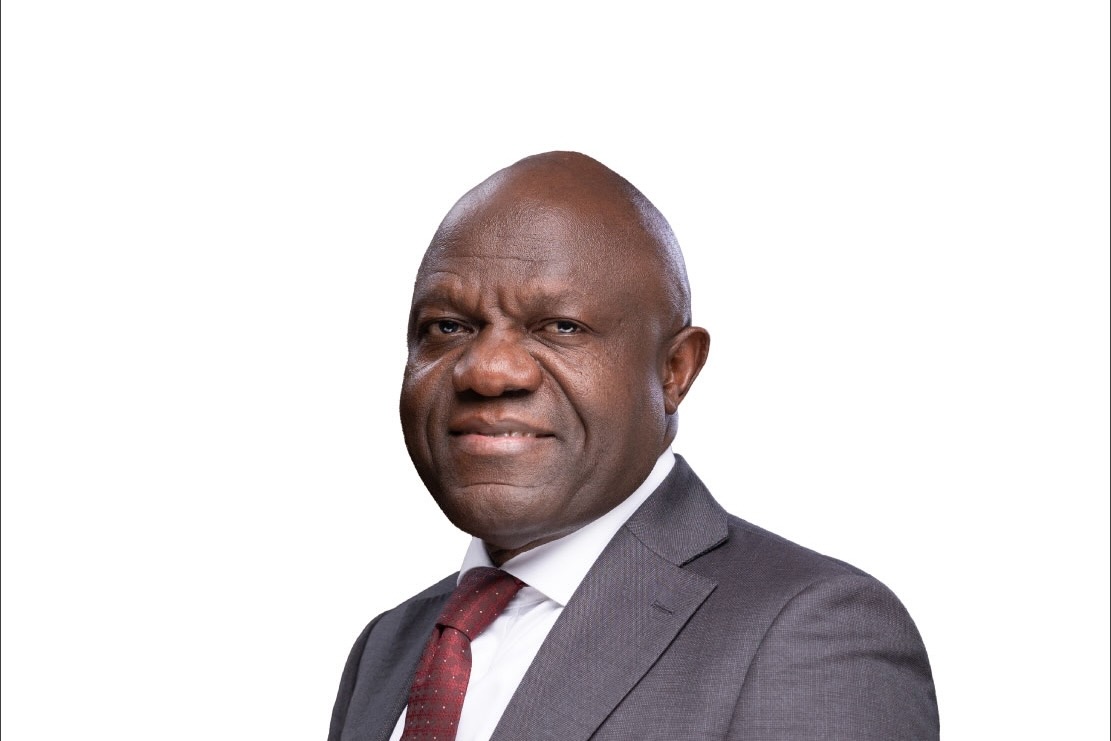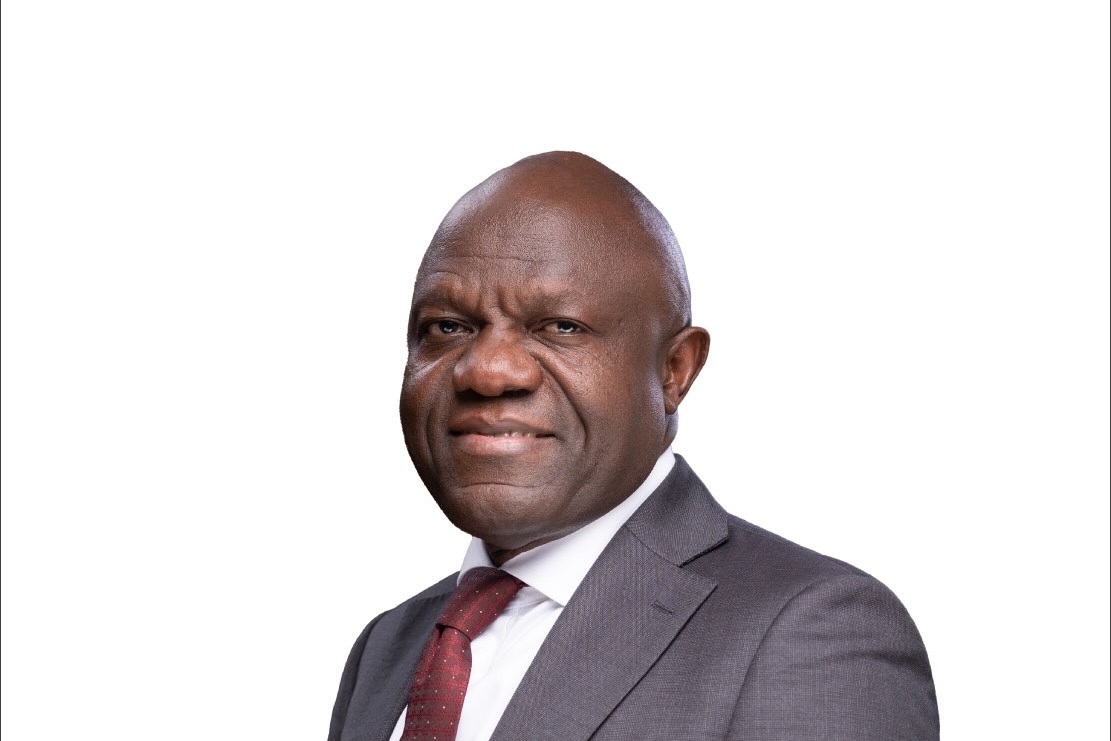How Foreign Exits are Opening Opportunities in East Africa’s Stock Markets

The first half of 2025 has revealed a surprising twist in East Africa’s stock markets.
Foreign investors are pulling back from Kenya’s Nairobi Securities Exchange (NSE).
At first glance, it might seem like bad news.
But for patient and savvy investors, this retreat is creating rare opportunities to buy shares at attractive prices.
Foreign funds, such as pension funds, mutual funds, and hedge funds, have traditionally treated Nairobi as the gateway to East Africa.
Big holdings in companies like Safaricom, East African Breweries (EABL), and Kenya Power (KPLC) often set the pace for trading across the region.
When foreign investors are active, their buying and selling can drive stock prices up or down, and smaller investors often follow their lead.
However, Kenya is facing some headwinds.
Economic growth slowed to 4.9% in the first quarter of 2025, government borrowing is rising, and the currency faces pressure.
Business confidence has also dipped, reflected in a slight decline in the Purchasing Managers’ Index (PMI).
For foreign investors who manage large amounts of money, these signals raise caution.
They are less willing to invest where returns are uncertain or risk is higher.
This cautious behavior creates a unique situation.
When big investors step back, the price of stocks can temporarily fall, even though the companies themselves remain solid and profitable.
In finance, this is called a market inefficiency — the stock price does not fully reflect its true value.
For example, Safaricom may trade at lower prices simply because foreign investors are holding back, not because the business is failing.
For alert investors, these market inefficiencies are opportunities.
Fewer buyers in the market mean less competition for shares, allowing patient investors to buy at a discount.
Over time, when confidence returns and foreign investors re-engage, these stock prices are likely to rise.
They thus generate potentially significant returns for those who invested wisely.
In simple terms, what looks like risk to large foreign funds — slower growth, fiscal pressures, and market uncertainty — can actually be a chance for smaller or long-term investors to acquire quality stocks at better prices.
The paradox is clear: foreign retreat can create opportunities for those willing to understand the market and act patiently.
The anatomy of the opportunity
Data from the NSE shows that foreign investors still dominate trading in the region’s largest companies.
Safaricom, for example, accounted for 67.6% of turnover, bringing in net inflows of $3.2 million.
EABL saw 67.8% foreign participation, with net inflows of $666,694.
KPLC had over 50% foreign involvement, and its share price rose an impressive 39.3%, reflecting renewed investor interest.
But while foreign investors continue to focus on these “safe blue chips,” mid-cap and smaller companies are largely overlooked.
Their prices do not always reflect their true value — in other words, they are underpriced.
For investors who take the time to study individual companies, assess sector dynamics, and understand the risks, this mispricing can translate into strategic opportunities.
Buying underfollowed stocks now may yield strong returns later when investor attention shifts back.
The story is similar in neighboring markets.
Exchanges in Uganda (USE), Tanzania (DSE), and Rwanda (RSE) are trading at prices that do not fully mirror the ups and downs of NSE.
Even though foreign investors are pulling back from Kenya, this does not mean there is no opportunity elsewhere.
Investors who understand liquidity patterns, market regulations, and local investor behavior can identify undervalued stocks.
They can, as a result, strategically position themselves in these markets.
In short, the region offers a range of pockets of opportunity.
Large, stable companies for safer investments, and smaller, overlooked firms — for those willing to dig deeper and take a calculated risk.
Sectoral windows
Foreign investors tend to concentrate their activities in sectors they perceive as low-risk and highly liquid, such as financial services, telecommunications, and utilities.
These industries offer stable cash flows and predictable returns, making them attractive to investors who prefer to minimize uncertainty.
However, other parts of the market are receiving much less attention.
Mid-tier manufacturing companies, agriculture-linked stocks, and emerging fintechs are often overlooked.
This means their prices may not fully reflect their underlying value.
For alert investors, this creates opportunities to generate alpha — returns above the market average — by carefully selecting undervalued stocks.
Looking more closely at specific sectors:
Financials remain dominant in deal volumes and benefit from strong regional growth trends.
Telecoms and utilities, like KPLC, provide stable cash flows and even show structural recovery stories.
KPLC’s rebound from an eight-year loss-making cycle makes it a tick and premium stock.
Other sectors represent underpriced opportunities, largely because foreign investors are cautious and avoid perceived higher-risk areas.
These conditions are rare. The combination of foreign withdrawal, growing participation by domestic institutions, and regional growth potential creates a unique frontier-market arbitrage.
They create a chance to buy undervalued assets today and benefit when the broader market re-prices them more fairly in the future.
Regional diversification as a strategic imperative
Data from the first half of 2025 highlights how neighboring East African markets are performing independently of Kenya.
The USE saw turnover rise modestly by 0.49% to $10.7 million, while the DSE main index grew 16.7% percent, and RSE index increased by 3.39%.
Despite the pullback of foreign investors from Nairobi, this capital has not automatically flowed into Uganda, Tanzania, or Rwanda.
This creates an important dynamic: gaps in liquidity and misaligned pricing present opportunities for investors who can carefully analyze individual markets and select undervalued assets.
For astute fund managers, these gaps are a chance to diversify risk while capturing growth potential, rather than simply following the herd into crowded, highly traded stocks.
The broader lesson is clear: frontier markets reward patient, long-term investors who use data and analysis to guide allocation decisions.
The strategic takeaways
The withdrawal of foreign investors can create rare arbitrage opportunities.
When mid-cap and smaller companies are underfollowed, their stock prices can temporarily fall below their true value.
This gives alert investors a chance to buy undervalued assets relative to their fundamentals.
At the same time, blue-chip companies remain relatively safe investments, but are often crowded with buyers, which can limit potential gains.
In contrast, mid-cap and sectoral growth opportunities now offer more differentiated returns for investors willing to look beyond the well-known stocks.
Investors can also benefit from regional diversification.
While NSE faces challenges, exchanges in Uganda, Tanzania, and Rwanda can absorb strategic capital even with lower liquidity.
By spreading investments across multiple markets, investors can reduce NSE-specific risk and capture growth opportunities in other countries.
Another stabilizing factor is the growing strength of local institutional investors.
Their participation smoothens market fluctuations and provides confidence for deploying risk-adjusted strategies.
Finally, understanding the broader macro environment is critical.
Factors like currency movements, fiscal policy, and sectoral performance often have a greater impact on returns in frontier markets.
Investors who integrate these insights can generate frontier-market alpha, earning returns above average by navigating the region with both patience and strategic insight.
Share this content:

 Uganda confirms accepting US deportees from other African countries
Uganda confirms accepting US deportees from other African countries



Post Comment